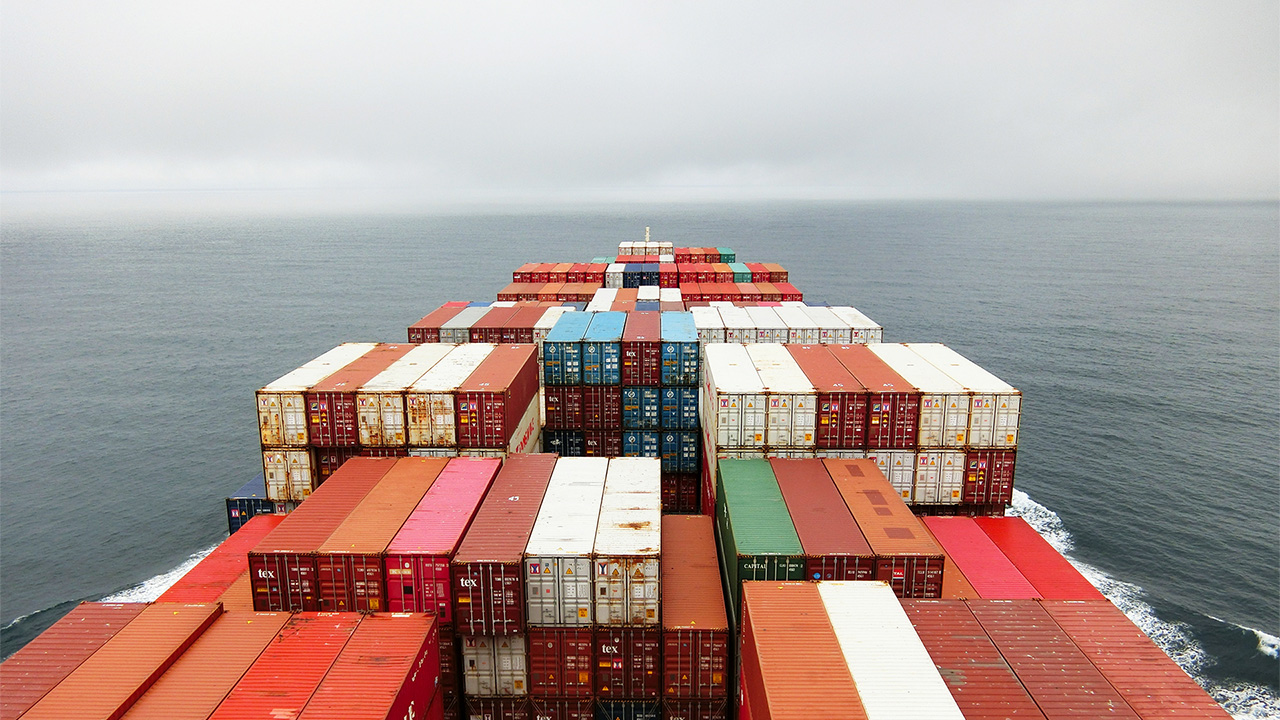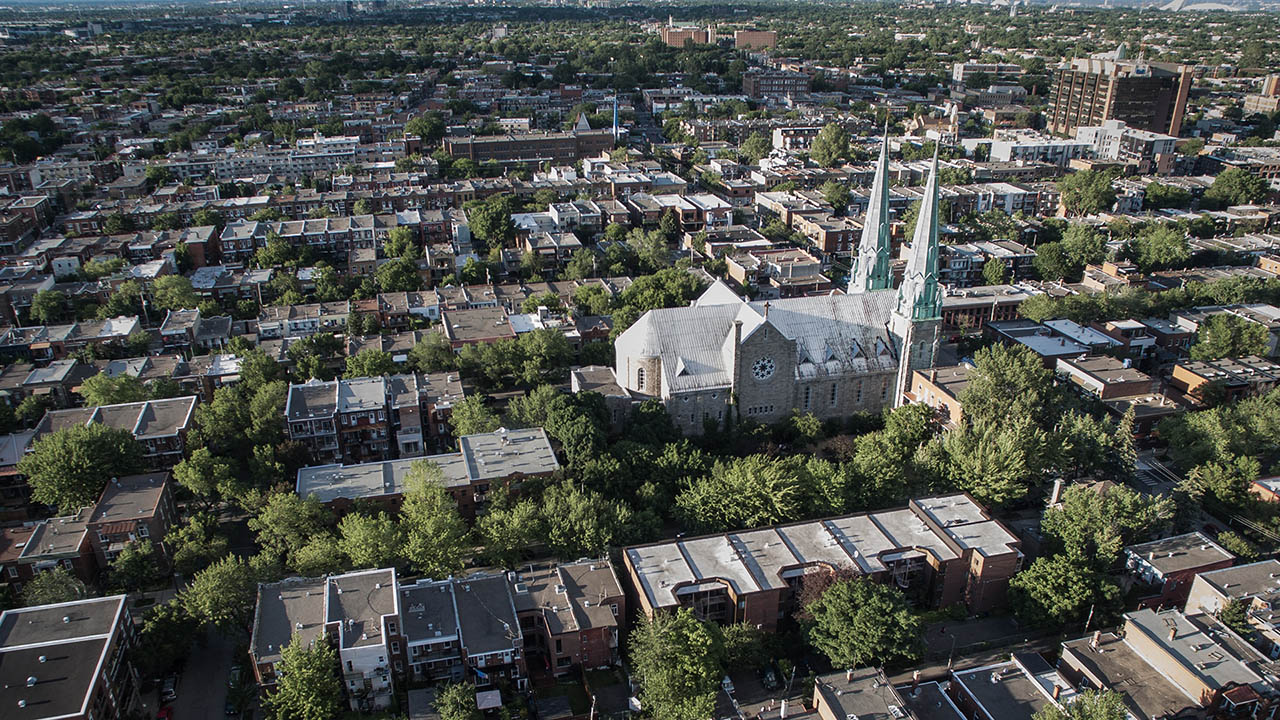During a press conference Wednesday, Fed leaders agreed to raise interest rates again. This has been happening for months now, so that’s not news. But what is news is that they implied they may soon stop raising rates. Why? Because high interest rates are destabilizing the financial system and ushering in a potential recession. On March 8, for example, the 16th largest bank in the United States began its swift collapse, the largest such rift since the financial crisis of 15 years ago. Many economists are worried this is the beginning of more trouble to come, though some hesitate to call it a full-blown crisis.
In short, Silicon Valley Bank leaders announced they would have to book a huge loss on their assets, which spooked investors and depositors. The next day, those investors and depositors withdrew piles of cash to the tune of $42 billion, nearly 20 percent of all assets held at the bank. Few banks could survive such a run. By the following day, trading on the bank’s shares was halted and the government began to shut it down. The Wall Street Journal published a timeline of those events, if you want more details.
Then the crisis appeared to spread to other smaller, regional banks through an aptly named process called “contagion.” Signature Bank failed soon after, with regulators taking over that one too, the third largest failure in U.S. history, SVB being the second. And the share prices of regional banks like First Republic took a nosedive, reflecting broader concerns about the banking system as a whole. President Biden and members of the administration like Treasury Secretary Janet Yellen announced extreme measures to shore up the system to prevent further contagion. Big banks like JPMorgan offered a helping hand (for a sweet, sweet price, of course).
But it’s not just regional banks feeling the squeeze. Last week, even giant global banks like Switzerland’s Credit Suisse, France’s Société Générale and BNP Paribas, and Germany’s Deutsche Bank came under pressure. Credit Suisse, at the request of Swiss authorities, ultimately got bought out by Swiss bank UBS for over $3 billion, just a quarter of the closing price the Friday before, leaving investors of both banks unhappy.
What happened
The first problem with Silicon Valley Bank was that, having received a massive influx of cash from its clients during and after the pandemic, the bank’s leaders invested all that money into long-term bonds, which means they didn’t leave much to invest in the protection of those assets.
In a nutshell (or in basic bank math, as one analyst describes the situation), the Fed has been raising interest rates over the last year to tamp down inflation, as we’ve discussed previously. That move decreases the value of assets that take a long time to mature, like bonds. That’s all fine as long as the bank in question doesn’t sell those assets, since they’re now valued less than what the bank bought them for, like being underwater on a car or house loan. And as long as they don’t sell those assets, it’s an unrealized loss.
However, if the bank needs that money, it needs to sell those assets, and the unrealized loss becomes a realized loss, which is a big problem. That decreases the overall value of the bank, lowering its share price and scaring investors into putting their money elsewhere, creating a need to sell even more assets to cover those losses. A vicious cycle begins.
Unfortunately, SVB’s leaders didn’t protect themselves from one of the risks of parking their money there, what’s known as a “hedge” against that risk. Apparently, these risks were well known by bank leaders and regulators as early as last year, which resulted in this PR and political nightmare noted in The New York Times.
The second problem was that a lot of the bank’s investors and depositors were consolidated within one industry: tech. As tech felt the effects of higher interest rates — which made debt more expensive — they scrambled to get their hands on more money. Many of those tech companies had all their accounts at SVB, a problem for not only SVB but also those tech companies and the payroll on which their employees depend. Sweat formed on the foreheads of tech leaders all over the world, including some of my clients who couldn’t return my emails last week.
Why it matters
This story is far from over. Although the last financial crisis may be incomparable to this one — different assets, different catalysts — it was only later that bank failures filtered through the rest of the economy. For instance, after the Fed started to raise interest rates in June 2004, home prices began falling in July 2006, the Fed chairman predicted recession in February 2007, and the first bank to fail at the time, Bear Stearns, began having serious trouble by summer 2007, ultimately failing in March 2008. By September 2008, the fall of Lehman Brothers triggered a global banking panic that depressed the global economy for years to come. The odds of this resulting in a recession have increased since we discussed it last year.
What’s clear is that, first, the world’s financial system is feeling some pressure. Second, as noted by economists in Project Syndicate, policymakers will have to walk a thin line between calming inflation and preventing a financial crash by raising interest rates at just the right amount to bring the economy toward a so-called soft landing. Third, bailing out banks when they fail has political repercussions: Taxpayers don’t like footing the bill for the mistakes of highly paid bankers and regulators. Cue populist movements and authoritarian figures wrestling power by promising to fix a broken government. Bailouts also encourage an economic problem called “moral hazard,” or “the idea that if you save someone from the consequences of their actions, they take even bigger risks.”
The crisis matters for the banks, the investors, the economy locally, regionally, globally. But it matters for you, too, even if the rest of the risk and the damage feels far away. Ultimately, the current banking crisis is a lesson in diversification. To help humans flourish in myriad ways, we need to steward our God-given resources. That means we must protect our resources against risks, even risks like higher interest rates. That goes for our ministries too.





